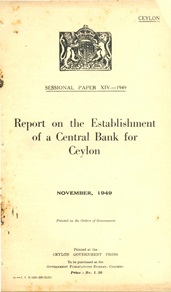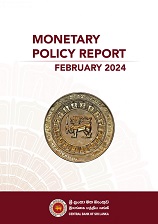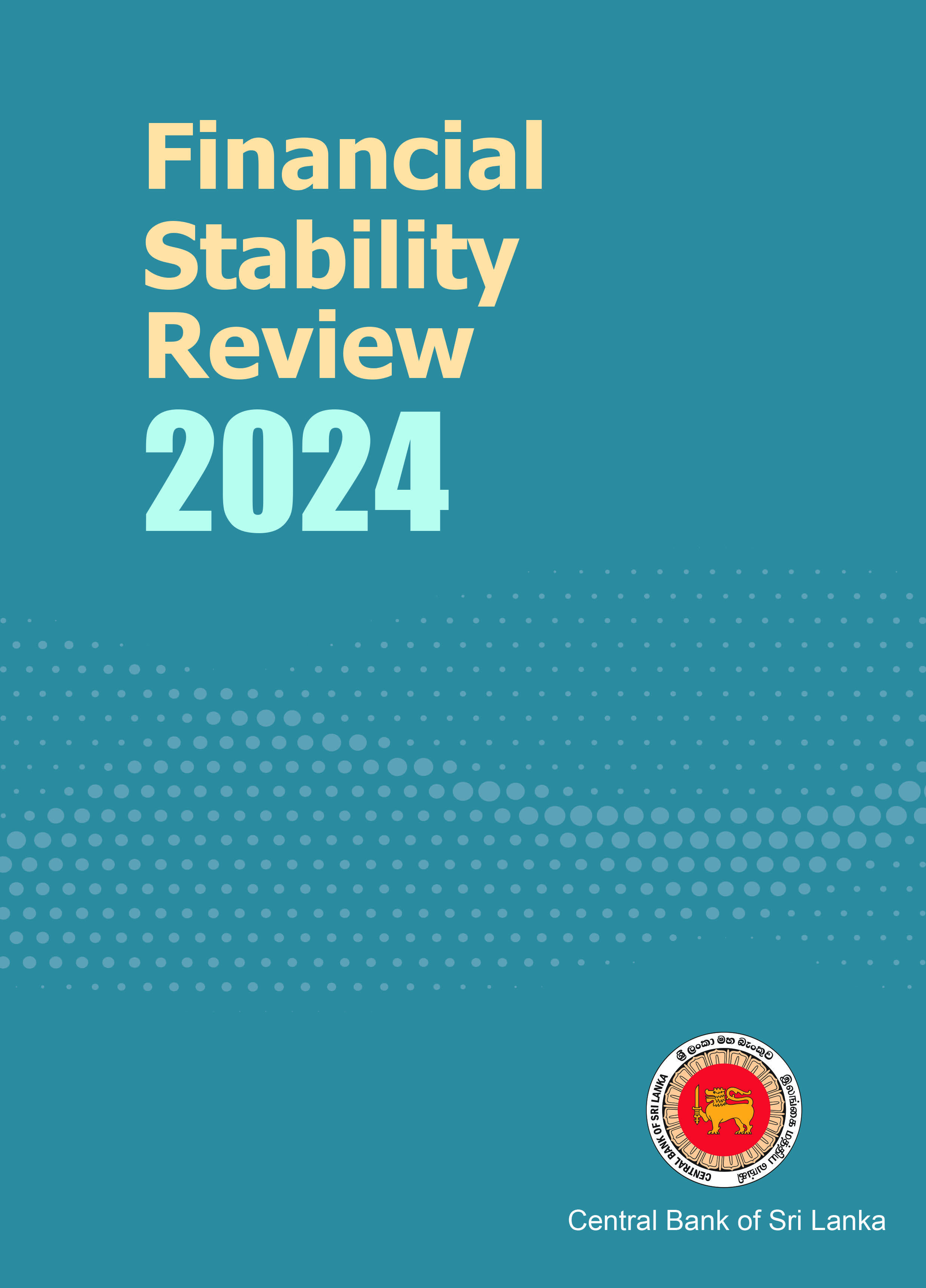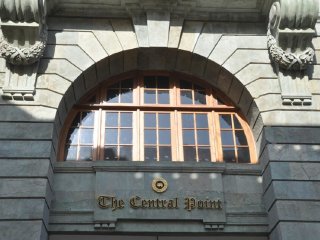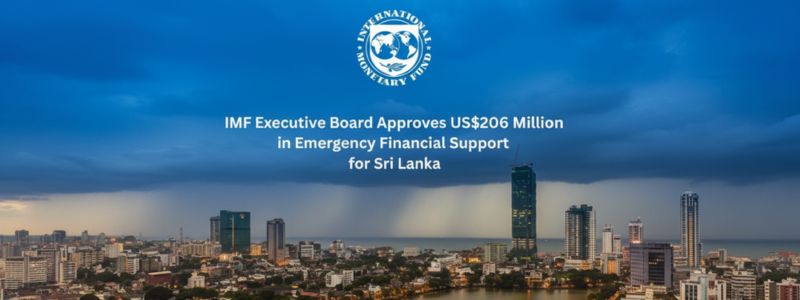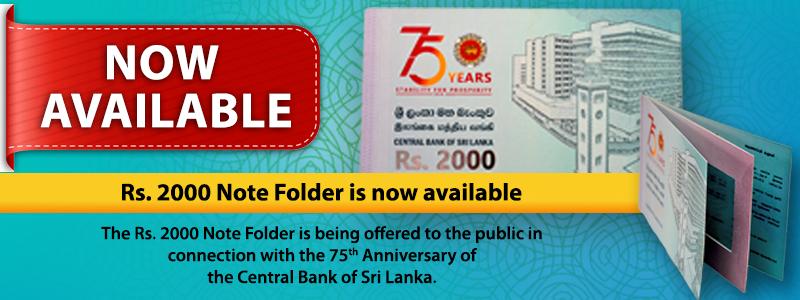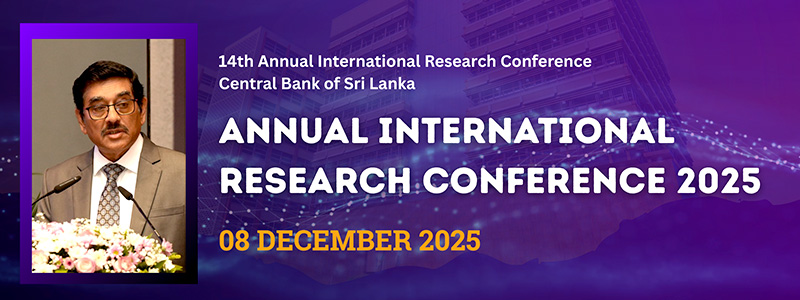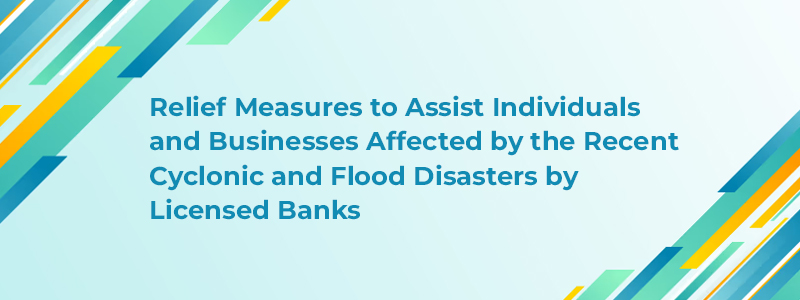The Monetary Board of the Central Bank of Sri Lanka, at a special meeting held on 06 May 2020, reviewed the current monetary policy stance and decided to reduce the Standing Deposit Facility Rate (SDFR) and the Standing Lending Facility Rate (SLFR) of the Central Bank by 50 basis points to 5.50 per cent and 6.50 per cent, respectively, effective from the close of business on 06 May 2020. The Board arrived at this decision considering the necessity to further support the economy to weather the adverse economic impact caused by the COVID-19 pandemic, given subdued inflationary pressures. With this decision, policy interest rates of the Central Bank have been reduced by 150 basis points thus far in 2020, in addition to the other measures taken to ease monetary conditions in the market.







